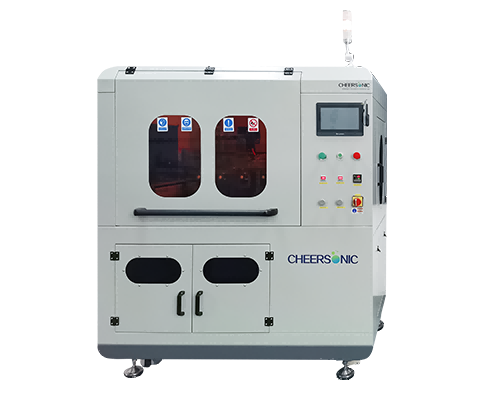Quantum Chip
A quantum chip integrates quantum circuits on a substrate to carry the function of quantum information processing. Drawing on the development history of traditional computers, after overcoming the bottleneck technology, quantum computer research needs to take the road of integration in order to achieve commercialization and industrial upgrading. Superconducting systems, semiconductor quantum dot systems, micro-nano photonics systems, and even atomic and ion systems all want to take the road of chipization. From a development perspective, superconducting quantum chip systems are technologically ahead of other physical systems; traditional semiconductor quantum dot systems are also the target of people’s efforts to explore, because after all, the development of the traditional semiconductor industry is already very mature. For example, semiconductor quantum chips are in Once the decoherence time and control accuracy exceed the threshold of fault-tolerant quantum computing, it is expected to integrate the existing achievements of the traditional semiconductor industry and greatly save development costs.
Quantum chip is also a type of computer chip, but it integrates quantum circuits on the chip, changing the connection method of the silicon and semiconductor of the original chip, making the computer have more powerful computing power.
New R&D technology shows that quantum chips may no longer use lithography machines, but it is important to note that bypassing lithography machines does not mean completely abandoning lithography machines, but using other technologies in key areas.
For example, microscopic light paths can be manufactured using traditional photolithography machines, while fields such as quantum control devices and laser light sources require new technologies. This new technology is optical quantum chips.
Compared with other quantum chips, the biggest advantage of this chip is that it is large enough to carry more algorithms and computing tasks, giving it a greater advantage in competition.
Of course, we have no way of knowing its core preparation technology. After all, this thing is too high-end and not suitable for display.
Ultrasonic spraying of photoresist can save 70% of the photoresist solution compared to the centrifugal coating method. The reproducibility is also relatively high. For all chips with the same size holes, the thickness of the photoresist is reproducible regardless of the location of the holes. There is no directional effect in the spraying process and the uniformity is higher. The ultrasonic spraying process is not limited to the underlying material and can be applied to both insulators and conductor layers. These advantages are beneficial to the application of ultrasonic atomization spraying in commercial production.
About Cheersonic
Cheersonic is the leading developer and manufacturer of ultrasonic coating systems for applying precise, thin film coatings to protect, strengthen or smooth surfaces on parts and components for the microelectronics/electronics, alternative energy, medical and industrial markets, including specialized glass applications in construction and automotive.
Our coating solutions are environmentally-friendly, efficient and highly reliable, and enable dramatic reductions in overspray, savings in raw material, water and energy usage and provide improved process repeatability, transfer efficiency, high uniformity and reduced emissions.
Chinese Website: Cheersonic Provides Professional Coating Solutions


